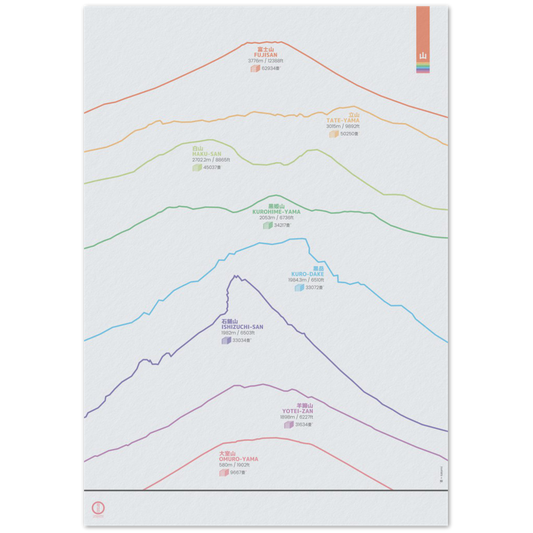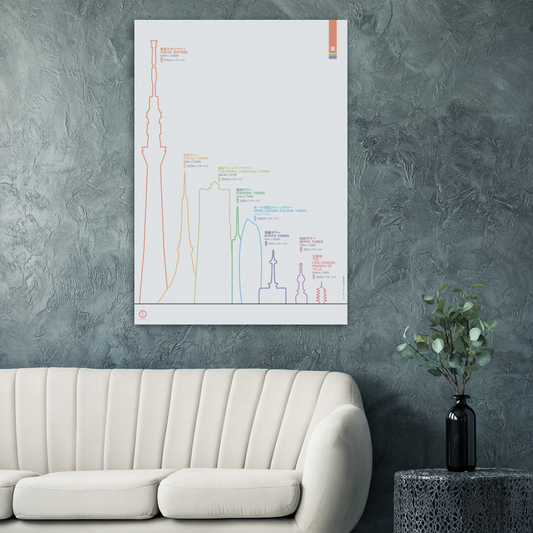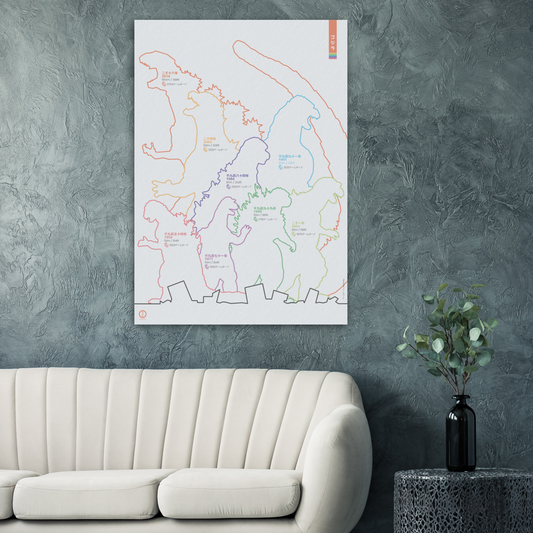JLPT N5: Common Vocabulary Mistakes
Share
Adjectives
| Confusion | Detailed Explanation | Japanese Examples |
|---|---|---|
|
あつい vs からい atsui vs karai |
あつい: describes high temperature (weather, object, liquid) and also hot to the touch. からい: describes spicy or piquant taste. Common mistake: saying カレーはあついです for "the curry is spicy". |
今日はあついです。 kyō wa atsui desu. It's hot today. このカレーはからいです。 kono karē wa karai desu. This curry is spicy. |
|
さむい vs つめたい samui vs tsumetai |
さむい: ambient temperature, weather, feeling cold in the air. つめたい: cold objects to the touch (drinks, surfaces). Don't confuse atmospheric context and physical contact. |
冬はさむいです。 fuyu wa samui desu. Winter is cold. 水がつめたいです。 mizu ga tsumetai desu. The water is cold (to the touch). |
|
あおい vs みどり aoi vs midori |
あおい: means "blue" but is also used for certain "greens" (traffic lights, young shoots, green vegetables). みどり: green exclusively. Cultural trap: Japanese say 信号があおい for a green light and あおいやさい for green vegetables. |
空はあおいです。 sora wa aoi desu. The sky is blue. 信号があおいです。 shingō ga aoi desu. The traffic light is green. 葉っぱはあおいです。 happa wa aoi desu. The young leaves are green. 木がみどりです。 ki ga midori desu. The tree is green. |
|
高い takai |
Double meaning: "tall/high in height" AND "expensive/costly". Always check the context to know if we're talking about vertical size or price. |
山が高いです。 yama ga takai desu. The mountain is high. この本は高いです。 kono hon wa takai desu. This book is expensive. |
|
高い vs 大きい takai vs ōkii |
高い: vertical height, upward dimension. 大きい: overall size, volume, "big/large" in a general way (length, width, height combined). |
この本は高いです。 kono hon wa takai desu. This book is expensive. この本は大きいです。 kono hon wa ōkii desu. This book is big (in volume). |
|
大きい vs 多い ōkii vs ōi |
大きい: physical size (objects, spaces). 多い: numerous quantity, many elements. Don't confuse size and number. |
犬が大きいです。 inu ga ōkii desu. The dog is big. 犬が多いです。 inu ga ōi desu. There are many dogs. |
|
やすい yasui |
Double meaning: "cheap/inexpensive" when it's a standalone adjective AND "easy to do" when it comes right after a verb (in the masu form without masu, yomimasu becomes yomi+yasui). |
この本はやすいです。 kono hon wa yasui desu. This book is cheap. この本は読みやすいです。 kono hon wa yomiyasui desu. This book is easy to read. |
|
きれい kirei |
Polysemy: "beautiful/pretty" AND "clean". Can describe aesthetic appearance or cleanliness. Context is essential to understand the meaning. |
花がきれいです。 hana ga kirei desu. The flower is beautiful. 部�ruby>屋がきれいです。 heya ga kirei desu. The room is clean/beautiful. |
Verbs
| Confusion | Detailed Explanation | Japanese Examples |
|---|---|---|
|
いる vs ある iru vs aru |
いる: living beings (humans, animals). ある: objects, plants, concepts. Common mistake: using ある for people. |
犬がいます。 inu ga imasu. There is a dog. 机があります。 tsukue ga arimasu. There is a desk. |
|
わかる vs 知る wakaru vs shiru |
わかる: to understand, state of comprehension. 知る: to learn information, to come to know. わかる describes a result, 知る describes the action of acquiring knowledge. |
日本語がわかります。 nihongo ga wakarimasu. I understand Japanese. 彼を知っています。 kare o shitte imasu. I know him. |
|
覚える vs 覚えている oboeru vs oboete iru |
覚える: action of memorizing, learning by heart. 覚えている: state of remembering, having in memory. Distinction between one-time action vs continuous state. |
単語を覚えます。 tango o oboemasu. I'm learning/memorizing vocabulary. 名前を覚えています。 namae o oboete imasu. I remember the name. |
|
見る vs 見える miru vs mieru |
見る: to look/watch voluntarily, conscious action. 見える: to be visible, to be able to see (involuntary, capability). Volition vs spontaneity. |
映画を見ます。 eiga o mimasu. I watch a movie. 富士山が見えます。 fujisan ga miemasu. Mount Fuji is visible (we can see it). |
|
聞く vs 聞こえる kiku vs kikoeru |
聞く: to listen voluntarily, conscious action. 聞こえる: to hear, perceive a sound (involuntary, capability). Intention vs passive perception. |
音楽を聞きます。 ongaku o kikimasu. I listen to music. 声が聞こえます。 koe ga kikoemasu. I hear a voice. |
|
早い vs 速い hayai vs hayai |
早い: early in time (morning, moment). 速い: fast in speed (vehicle, movement). Same pronunciation, different kanji. Tricky homophones. |
朝が早いです。 asa ga hayai desu. The morning is early. 電車が速いです。 densha ga hayai desu. The train is fast. |
Particles
| Confusion | Detailed Explanation | Japanese Examples |
|---|---|---|
|
に vs で ni vs de |
に: destination, arrival point, specific moment, existence. で: place of action, means/tool, reason. Trap: both indicate a place but に = where we go/are, で = where we do something. |
学校に行きます。 gakkō ni ikimasu. I go to school (destination). 学校で勉強します。 gakkō de benkyō shimasu. I study at school (place of action). |
Other (register, nuances)
| Confusion | Detailed Explanation | Japanese Examples |
|---|---|---|
|
上手 vs 下手 jōzu vs heta |
上手: skilled, competent. 下手: clumsy, not skilled. Attention: saying 上手 about yourself = impolite, boastful. Use it only to compliment others. |
日本語が上手ですね。 nihongo ga jōzu desu ne. Your Japanese is good (compliment to someone). 私は下手です。 watashi wa heta desu. I'm not skilled (humble). |










